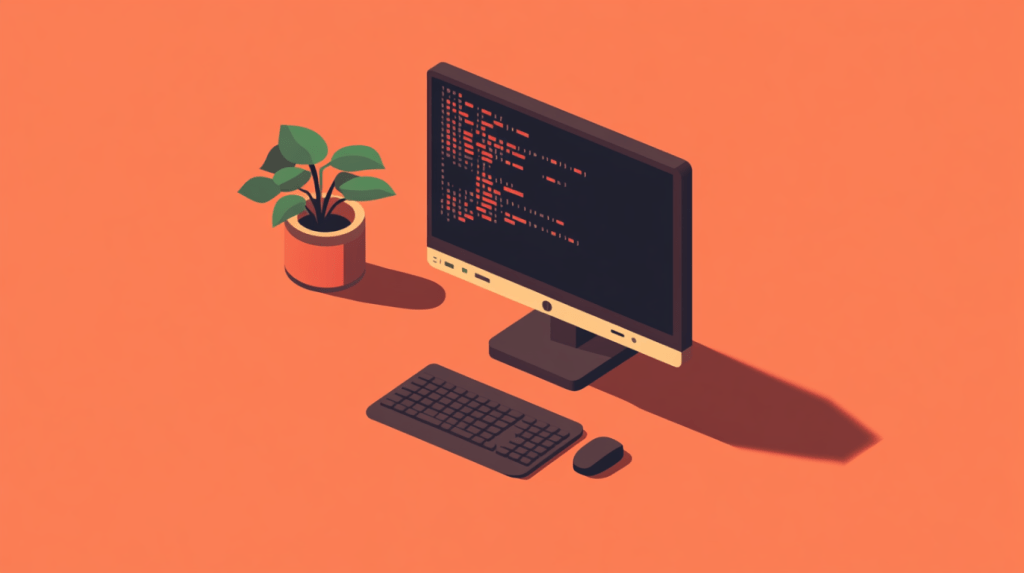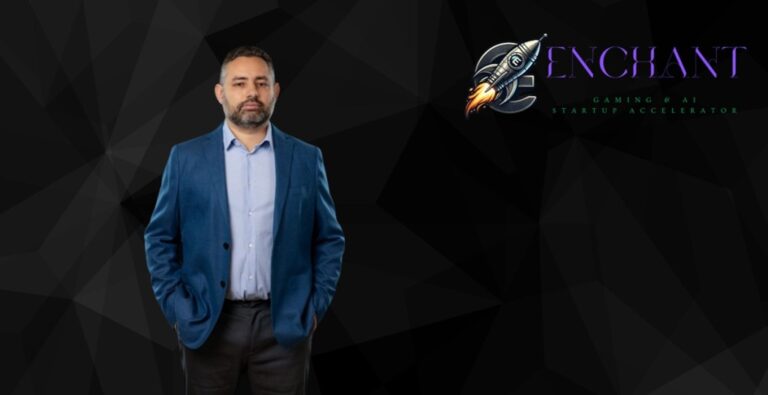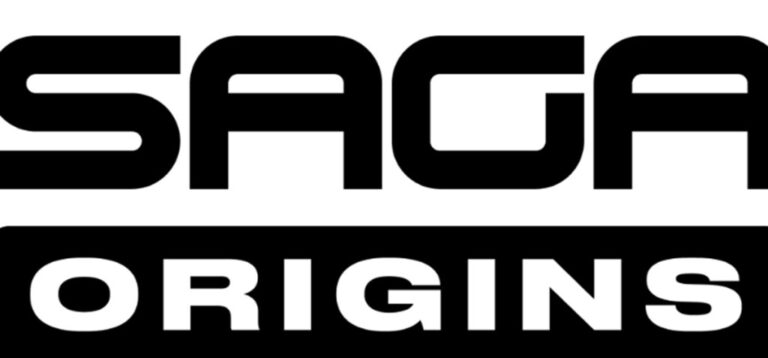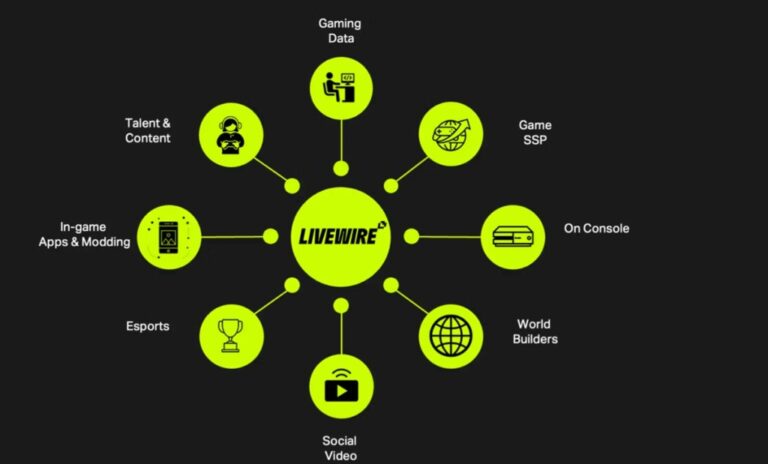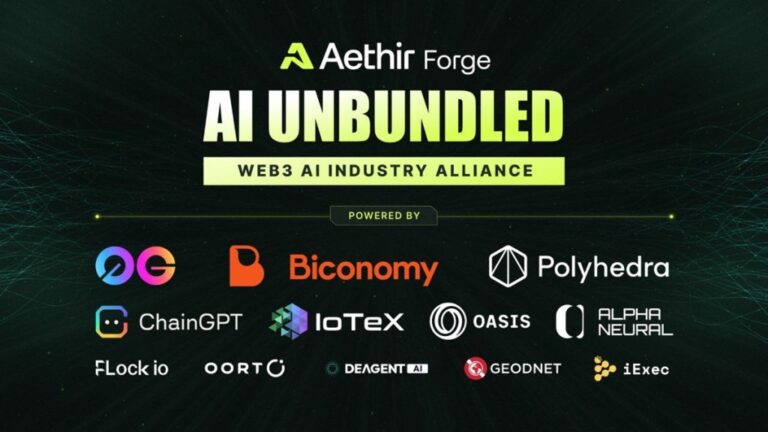Claude Opus 4 by Anthropic Surpasses OpenAI: Sets Record SWE-Bench Score with 7-Hour Nonstop Performance, Revolutionizing Enterprise AI
In the rapidly evolving world of artificial intelligence, Anthropic’s Claude Opus 4 has made significant strides, surpassing OpenAI’s GPT-4.1 with remarkable capabilities. The latest version of Claude has demonstrated the ability to engage in seven-hour autonomous coding sessions and achieved an impressive 72.5% score on the SWE-bench, marking a transformative leap in AI collaboration.
Claude Opus 4 vs. OpenAI’s GPT-4.1
Anthropic’s latest release is not just another AI model; it represents a significant advancement in the capabilities of coding assistants. Below are some of the key features that set Claude Opus 4 apart:
- Extended Coding Sessions: Claude Opus 4 can autonomously code for up to seven hours, demonstrating a level of endurance and capability previously unseen in AI.
- High Performance Score: With a record-breaking 72.5% SWE-bench score, it showcases its proficiency in software engineering tasks.
- Collaborative Potential: This AI transforms from a quick-response tool into a long-term collaborator, enhancing productivity for developers.
The Impact of Claude Opus 4 on AI Development
The introduction of Claude Opus 4 signals a new era in AI development. Its ability to perform complex tasks over extended periods changes the way developers interact with AI. Here are some potential impacts:
- Increased Efficiency: Developers can rely on Claude Opus 4 for sustained support, reducing the time spent on repetitive coding tasks.
- Enhanced Learning: The model’s performance allows it to learn and adapt from longer interactions, improving its responses over time.
- Broader Applications: Beyond coding, the collaborative nature of Claude can be applied to various fields such as project management and data analysis.
Conclusion
As AI continues to evolve, Claude Opus 4 stands out as a leader in autonomous coding capabilities, leaving OpenAI’s GPT-4.1 in its wake. This advancement not only enhances developer productivity but also sets a new benchmark for future AI innovations. For more about the latest in AI technology, visit our AI News section or check out MIT Technology Review for in-depth articles on emerging technologies.

